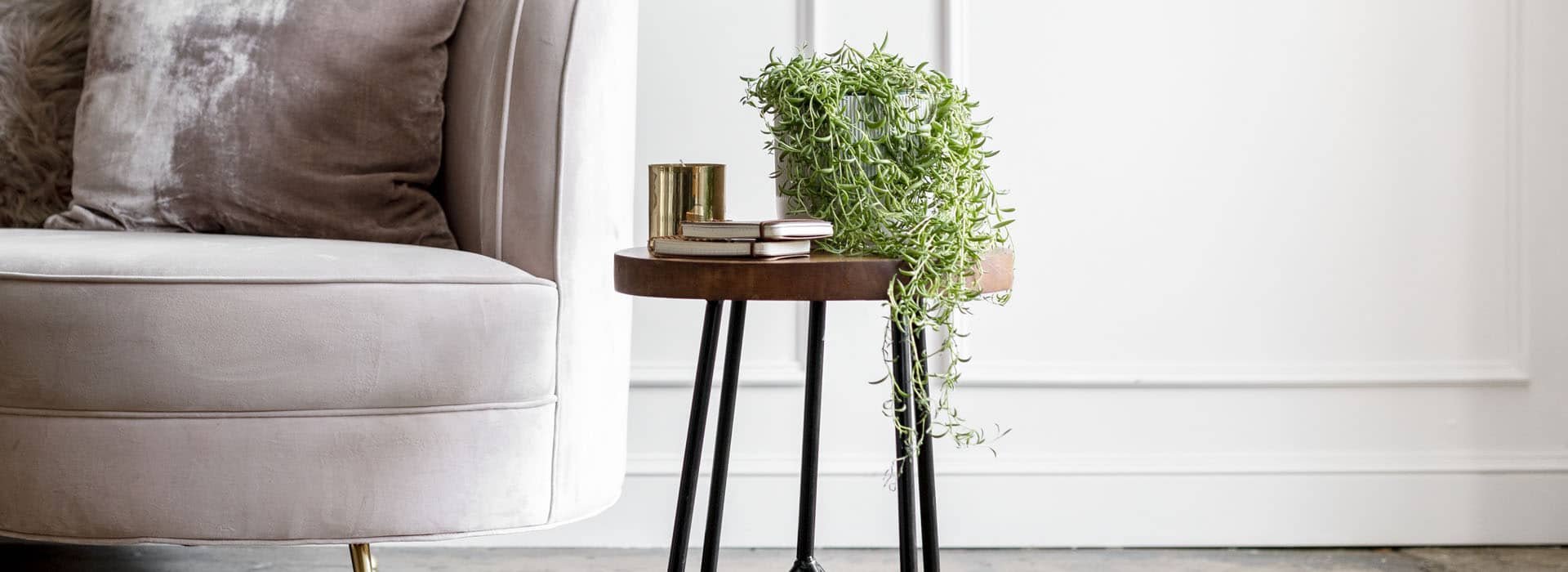Scandinavian design is a design movement characterized by simplicity, minimal and functionality that emerged in the 1950s in the five Nordic countries.

The idea that beautiful and functional everyday objects should not only be affordable to the wealthy, but to all, is a core theme in the development of modernism and functionalism. This is probably most completely realized in post-WWII Scandinavian design.
The ideological background was the emergence of a particular Scandinavian form of social democracy in the 1950s, as well as the increased availability of new low-cost materials and methods for mass production. Scandinavian design often makes use of form-pressed wood, plastics, anodized or enameled aluminum
or pressed steel.

The concept of Scandinavian design has been the subject of many scholarly debates, and marketing agendas since the 1950s.
Lamont Shaun
Many emphasize the democratic design ideals that were a central theme of the movement and are reflected in the rhetoric surrounding contemporary Scandinavian and international design.
The ideological background was the emergence of a particular Scandinavian form of social democracy in the 1950s, as well as the increased availability of new low-cost materials and methods for mass production. Scandinavian design often makes use of form-pressed wood, plastics, anodized or enameled aluminum
or pressed steel.
The idea that beautiful and functional everyday objects should not only be affordable to the wealthy, but to all, is a core theme in the development of modernism and functionalism. This is probably most completely realized in post-WWII Scandinavian design.



